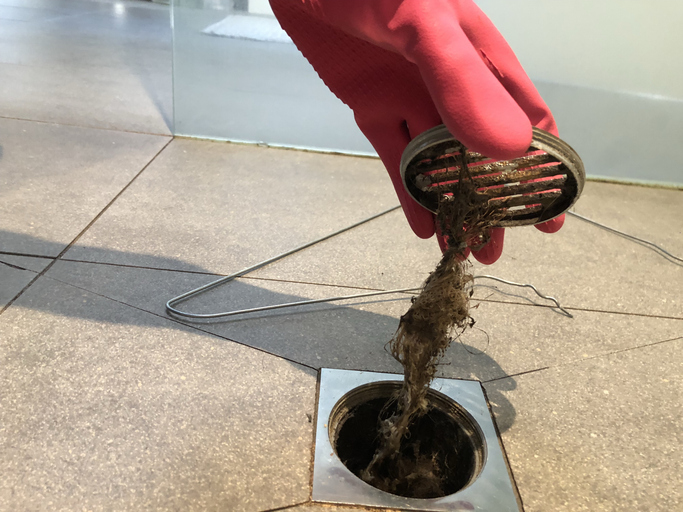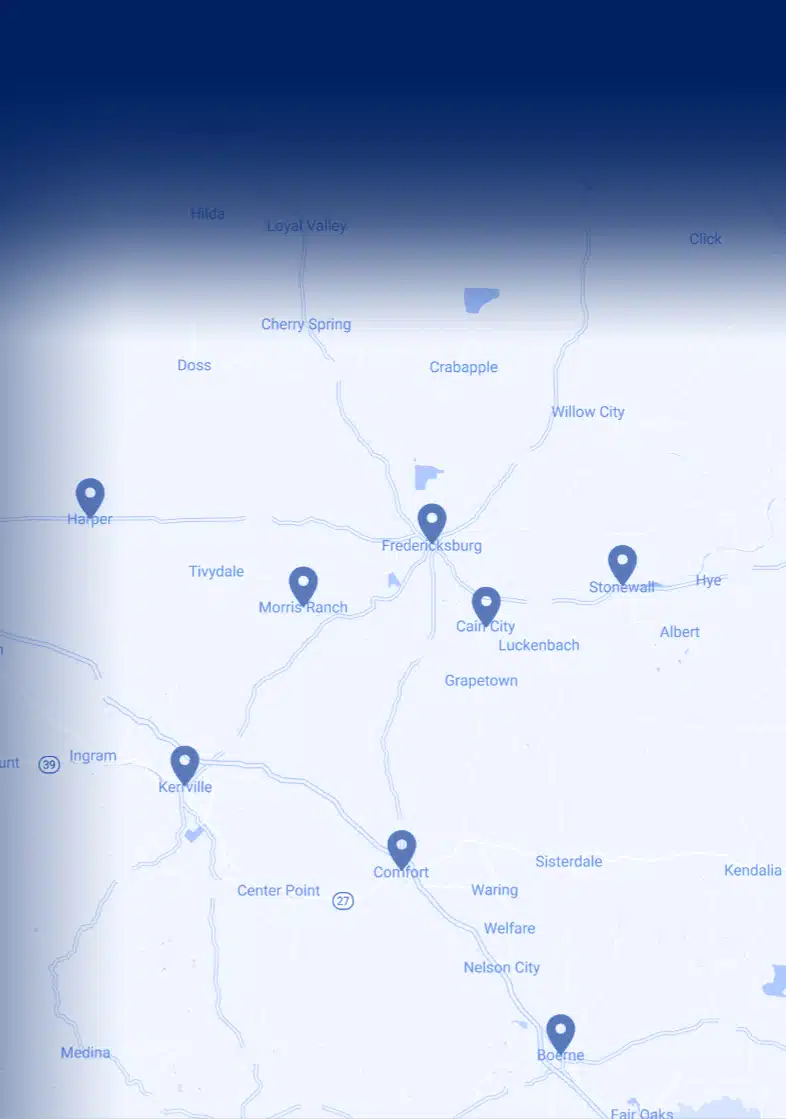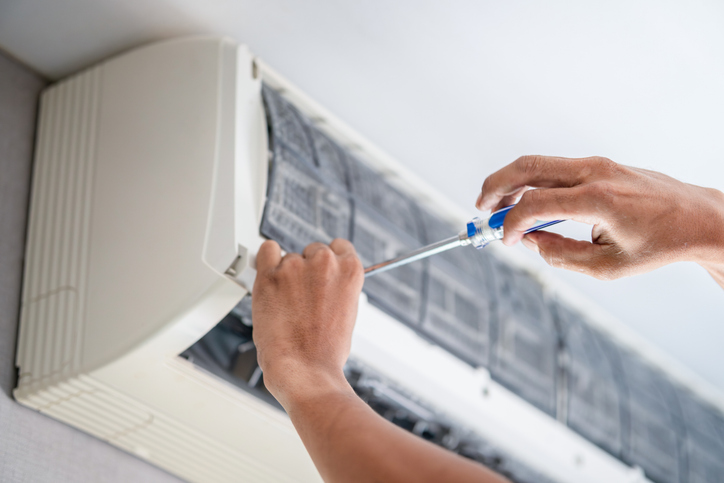Blocked pipes are a common household issue, but with the right tools and techniques, you can handle them without calling a plumber. A plunger is an essential tool for clearing blockages and maintaining a smooth-flowing plumbing system. This guide explains how to use a plunger effectively to resolve clogged drains in Fredericksburg, TX, and avoid recurring problems.
1. Select the Right Plunger for the Job
Not all plungers are created equal. Use a cup plunger for sinks and flat surfaces, and opt for a flange plunger for toilets. The right plunger ensures a better seal, leading to more effective results.
2. Prepare the Area Before Plunging
Before you start, ensure the area is ready. Remove any standing water that exceeds half the height of the plunger cup. This preparation minimizes mess and increases the plunger’s suction power.
3. Create a Proper Seal
Position the plunger directly over the drain opening, ensuring a tight seal. The suction effect relies on an airtight connection, so press down firmly before starting the plunging motion.
4. Use Steady, Forceful Motions
Plunge with consistent force, pushing and pulling in quick succession. Maintain the seal during this process. Repeat the motion for about 15-20 seconds and check if the water starts draining.
5. Test and Repeat if Necessary
Once the blockage clears, run hot water through the drain to ensure no debris remains. If the clog persists, repeat the process or consider using an alternative method like a plumbing snake.
A plunger is a simple yet powerful tool for maintaining a clog-free plumbing system. By using it correctly, you can save time and money and avoid severe blockages. Contact a commercial plumber near Fredericksburg, TX.
Do you need professional help with blocked drains? Global Cooling & Plumbing+ offers expert plumbing services in Stonewall, TX. Call us at (830) 992-7887 for fast, reliable solutions to keep your plumbing system running smoothly!









